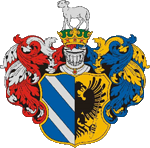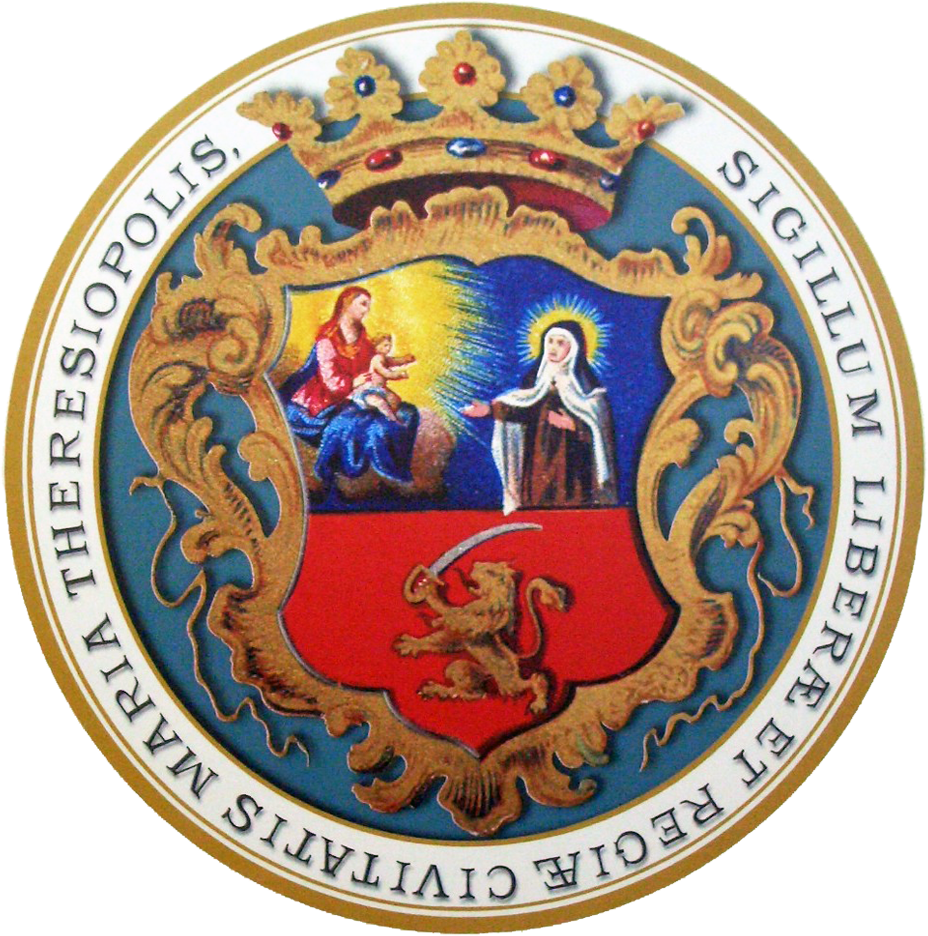It has been a populated and busy Tisza crossing since ancient times attributable to its excellent geographical conditions. A document dated from 1216 mentioned it for the first time. In the sixteenth century, it was granted the rank of a free royal town. After the Ottoman rule, its development was halted by a fire, then it took a new momentum in the last years of the eighteenth century. At the beginning of the twentieth century, apart from the multi-storied mills in the vicinity of the town, there were one- and two-storied houses and public buildings only on the main square. Urbanisation started after building the wooden bridge over the Tisza, and then the town’s development took a larger scale momentum when the east and west areas along the rivers could join, and later when the town was adjoined to the railway network in 1889. All of these brought European material and intellectual prosperity to the town, accompanied by the Art Nouveau.
Hungary-Serbia IPA Cross-border Co-operation Programme >> http://www.hu-srb-ipa.com





